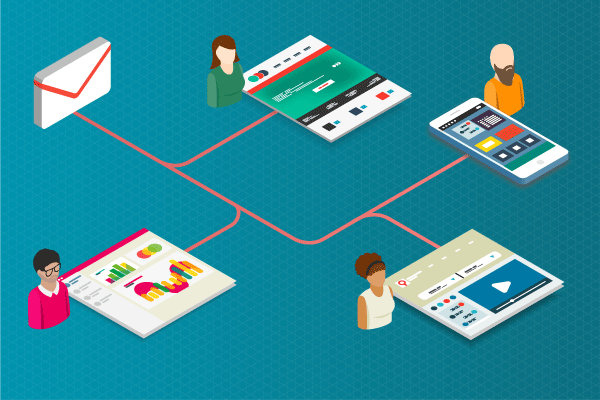With the 25 May deadline looming inboxes are a flurry of ‘Let’s stay in touch’. But who are the winners and losers in this particular communication test? Early evidence suggests that the most successful organizations are enjoying upwards of 80% of customers and prospects providing explicit consent. While some digital marketing departments are contemplating the consequences of achieving less than 5% explicit consent amongst their current base. Why the yawning gap?
There are obviously a number of factors at play here, but our experience tells us there are some ‘usual suspects’ in here. One common factor is likely to be the degree of effort invested in previous communications.
For many companies, email has historically been a high volume, low cost channel that hasn’t required too much thought or effort. Load content, load list, configure canvas, hit send. This fire and forget approach often mistakes customer inertia as implicit consent. With GDPR asking consumers to sit forward and opt in, surprise, surprise – many won’t.
Confirmation bias has to take a share of the blame too. Unopens, bounces and unsubscribes tend to receive relatively less scrutiny when likes are up month on month or time on site has over-indexed this week. When there is clear evidence demonstrating customers “engaging” with “compelling content”, there’s a tendency to focus on the positives of achieving a 2% engagement rate. Yet the real win is in looking at why the 98% didn’t engage with the content.
We recently conducted an interesting experiment for one of our clients using two identical offers. We compared the performance of a special offer email to a banner within a personalized weekly email served by a news aggregation app.
The results were telling.
The banner within the personalized weekly news email achieved open rates of 4.7x that of the special offer email. CTRs for the news banner also exceeded the special offer email by 2.1x, with no significant difference observed in conversion rates for both emails.

Users responded more positively to the weekly personalized email news format because they’d ‘opted in’ to this type of content and knew it would be pre-filtered with topics of interest to them.
The results clearly show that by investing time and effort in producing content that customers actually want and are ready to engage with can significantly improve both the performance of the individual email and critically, the willingness of the customer to engage over the longer term.
Perhaps the biggest lesson GDPR can teach us is the need to think more critically about the quality of the content we create and its effect on the customer’s relationship with our brand.
Find out more about Wyoming’s digital marketing services here.






